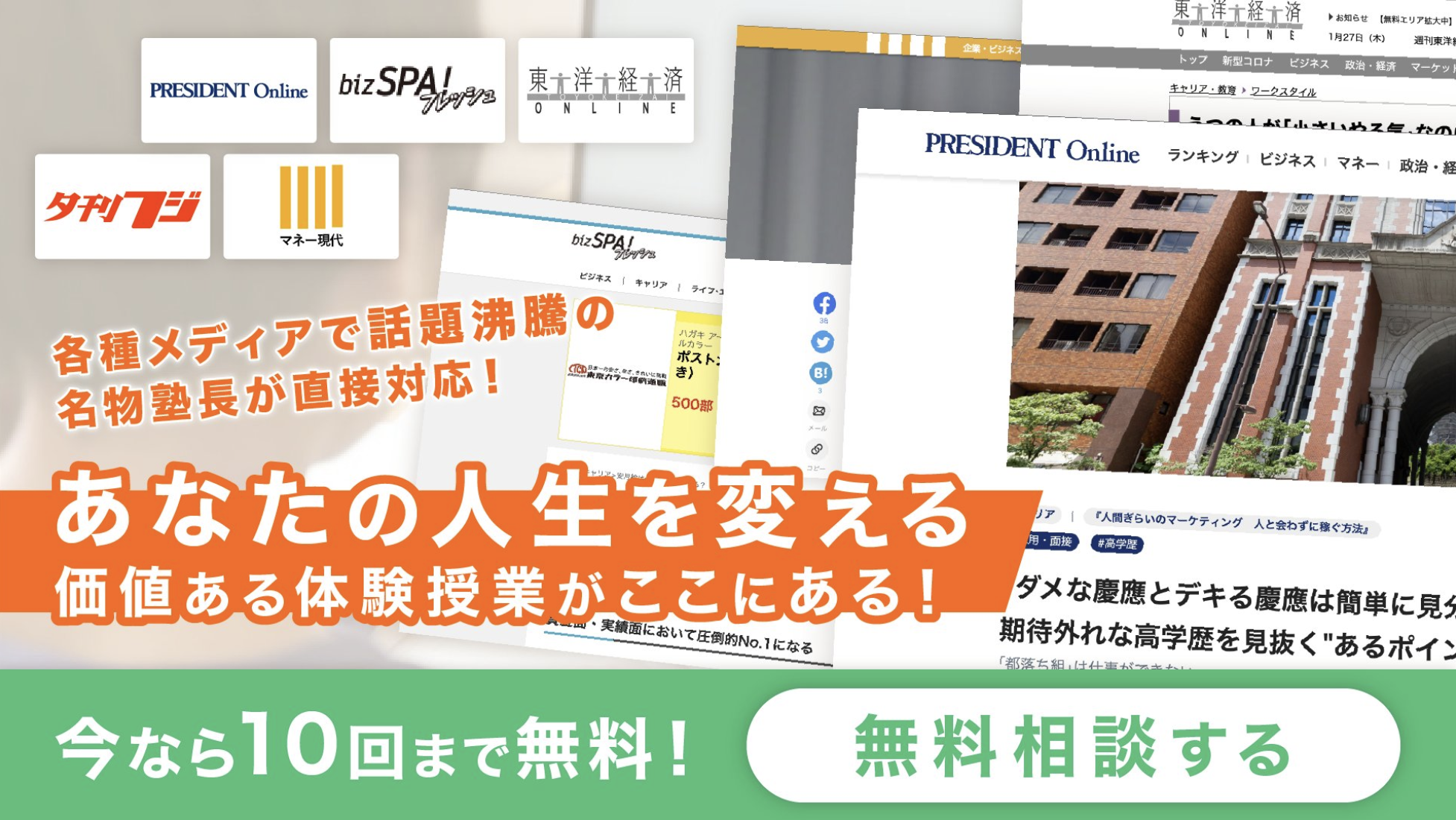慶應義塾大学 経済学部 PEARL入試 志望理由書 提出例(中村 慎助先生ゼミ向け)
Dr. Shinsuke Nakamura
Professor
Department of Economics, Microeconomics
Keio University
Dear Professor Nakamura,
I am writing this letter to explain my motivation behind application for Department of Economics at Keio University, specializing in Micro Econometrics and relate studies. As we are exposed to more information than ever, the need for us to truly understand and process them only get bigger. I have read a number of your published work which I was very intrigued by. I hope I am able to elaborate on area of studies that can be a research subject in your seminar, and I would be more than grateful if you could kindly give this a consideration.
Abstract
We believe in the world of free market, but what does it exactly achieve and how do we know that it maximizes mobility and realizes the state of pareto efficiency? Pareto efficiency or Pareto optimality, is an economic state where resources cannot be reallocated to make one individual better off without making at least one individual worse off. This means, resources are allocated thin to a point it can’t be moved anymore. That state used to be the ideal economic state scholars claimed years ago, but recently competitive equilibrium is the subject of study that provides insight into whether market is working efficiently. It refers to a condition in which profit-maximizing producers and utility-maximizing consumers in competitive markets with freely determined prices arrive at an equilibrium price.
Question
When a competitive market is in equilibrium? It is achieved when price is determined at a point where these two forces are equal and prices are optimal based on consumption. What other factors does it take into consideration?
Findings
It is considered a cousin of the concept of game theory that also works on similar fundamentals. The theory of Competitive Equilibrium exhaustively analyzes the details of economic activities such as fiscal policies, tax policies, interest rates, exchange rates, and stock commodity market activities as a whole. Vital conditions required for the Competitive Equilibrium are usually 1) As feasibility condition of the market, the total demand of each of the goods in the market should equate to its total supply by the manufacturers 2) As rationality condition, within the given budget, each of the seller or manufacturer in the market should get the best combination of the goods 3) Goods that have a positive price point should be fully allocated in the market. The concept of Competitive Equilibrium is to help check if the economic system is working in an efficient and effective manner, that help both manufacturers and consumers. The market is always high on factors of dynamics such as increased competition, evolving consumer tastes, market preferences, duplication of the products, and high price range held by certain existing sellers.
Conclusion
Instead of focusing on equal and stretched allocation of products, questioning the pricing of products may be the task that should come first in order to understand efficiency of the market.
Summary
With the prospect of continuing competitive market, understanding theories and concepts around competitive equilibrium in addition to resource distribution is extremely important. I assume this can be an addition to a number of researches conducted in your seminar and I would love to take part. Thank you very much for taking the time to read and I look forward to hearing from you soon on this matter.
Thank you and best regards,
*「社会的選択と厚生経済学ハンドブック」丸善 2006 (共訳)






コメントを残す